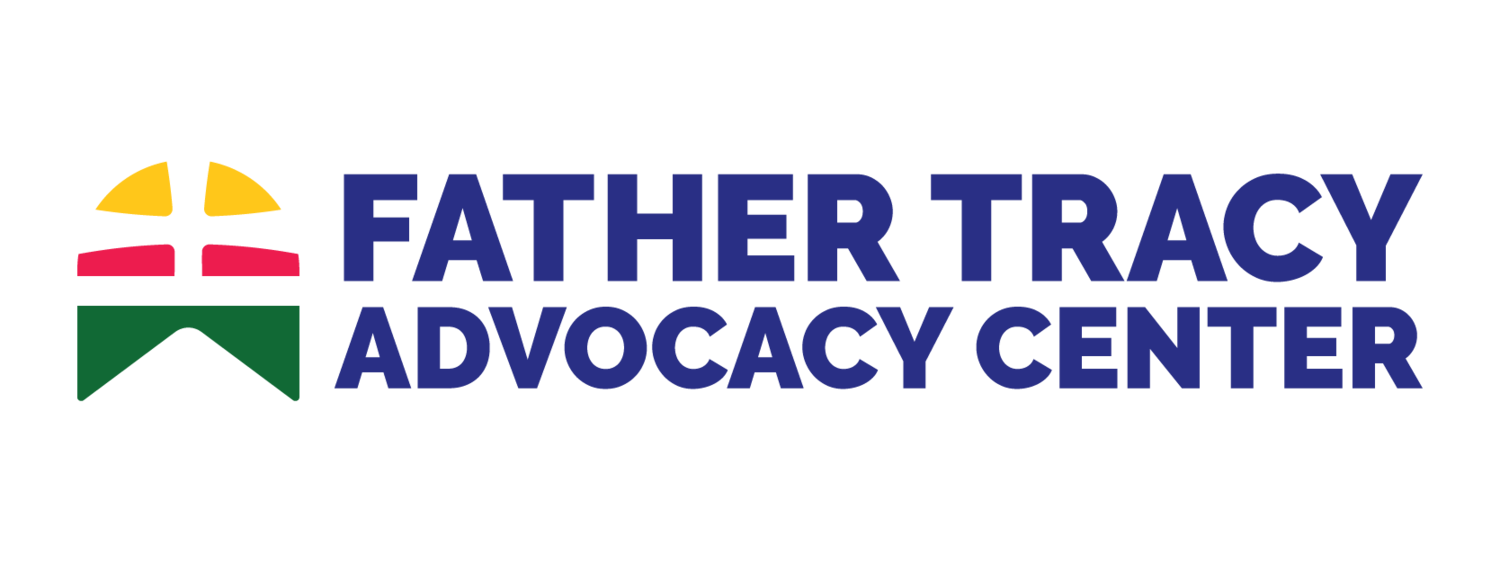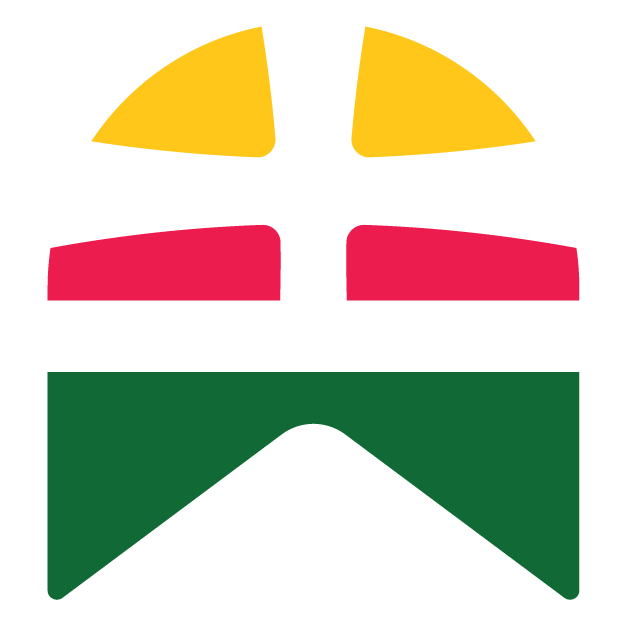How Rochester Became Home to Thousands of Puerto Ricans
In 1917, Puerto Rico was officially named a U.S. territory by the Government of the United States, effectively granting U.S. citizenship to all of the residents of Puerto Rico. In 1945, the Island’s economic system began changing as emphasis shifted from a “plantation economy” into a “platform for export production in factories” (Puerto Rican Emigration). Later, between 1948 and 1952, Puerto Rico had the power to elect their own governor for the first time. The Historical election of Luis Munoz Marin marked the beginning of the great migration to the mainland. In the decades to follow, hundreds of thousands of Puerto Ricans migrated to the mainland United States for work.
Over a period of fifteen years, one fifth of the population of Puerto Rico made their way to the mainland. Rochester, New York was the destination of the second largest number of settlers. By 1970, over 8,000 Puerto Ricans had settled in Rochester. This mass movement was called the Great Migration. The Puerto Rican people originally migrated as seasonal farm workers, and formed a tight knit community—or Barrio— within Rochester. As seasonal farm contracts expired, many people stayed in the Rochester area for the job opportunities that were arising from the growth of corporations like Kodak and Xerox.
Even as the population grew, the Barrio remained strong and concentrated, both in their culture and their resolve. It has been said that “Rochester’s Puerto Rican community was an extended family, or a Puerto Rican village transplanted to the mainland United States” (McCally 7). Similar to the concept of a neighborhood, Barrios are networks of “families, traditions, and institutions.” Barrios provided Puerto Ricans with a sense of community and belonging, especially as tensions between ethnic groups in Rochester rose. Despite being American citizens, Puerto Ricans were often met with bad treatment, and lacked equal opportunities to jobs, housing, and more.
After Puerto Ricans had began to make their voices heard in the world of local politics, school systems, and the Catholic Diocese, the Rochester Catholic Diocese’s Spanish Apostate created a secular advocacy organization which is still in operation today. The Ibero-American Action league was founded in 1967 as an initiative to help people struggling with poverty. Their goals were to “coordinate federal, state, and local efforts related to Rochesters Spanish speaking community.” Ibero marked the first Rochester organization that was created to give a voice to the vulnerable population of the city, a population that faced language barriers and poverty among other factors of structural violence. In 1970, the first ever Puerto Rican Festival was held in Rochester, and has been held every year since, with only one interruption. Since 1980, the Latinx community in Monroe country has tripled from 17,000 to nearly 61,000 people (Profile). Of this large group, 69% of the population are of Puerto Rican heritage. Even 50 plus years after the great migration, the Rochester community of Puerto Ricans is still strong and tight knit. The Barrio established in La Avenida remains a strong community, with various community organizations, such as Father Tracy Advocacy Center, in place to give the Barrio a voice when they need it most.
References:
McCally, K. (2007). Building the barrio: A story of Rochester’s Puerto Rican pioneers. Rochester History Series. Publication of the Central Library of Rochester and Monroe County and the Rochester Historical Society, 70 (2). Retrieved from, http://www.rochester.lib.ny.us/~rochhist/v70_2007/v70i2.pdf
Profile of the Hispanic/Latino Community in Monroe County: A Demographic and Socioeconomic Analysis of Trends. Ibero American Action League & La Cumbre. CGR Inc. March 2019. Retrieved from: https://www.actrochester.org/tinymce/source/19_R-1875_ProfileoftheHispanic-LatinoCommunityMarchUpdate.pdf
Puerto Rican Emigration: Why the 1950s? Lehman College. Retrieved from: https://lcw.lehman.edu/lehman/depts/latinampuertorican/latinoweb/PuertoRico/1950s.htm

